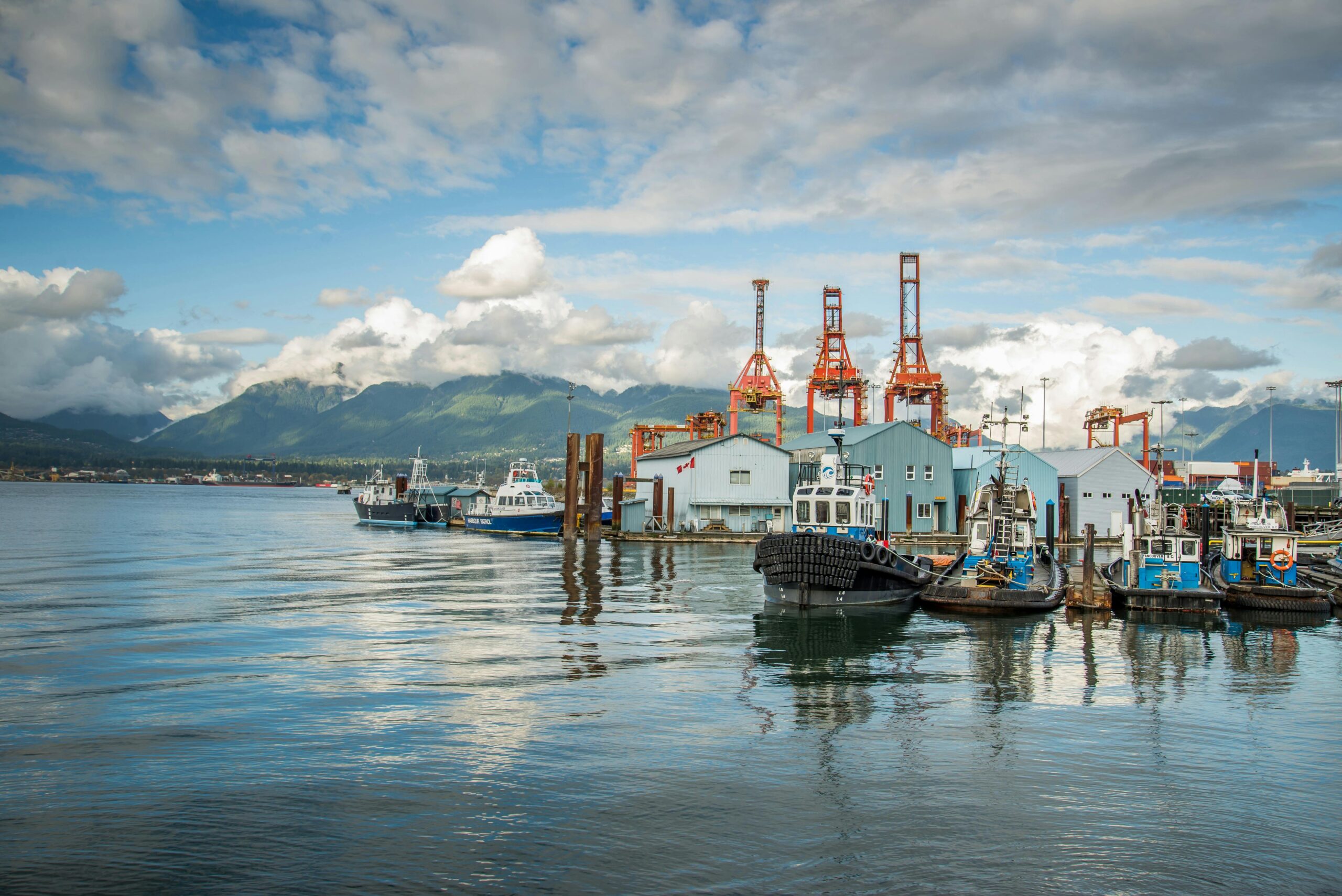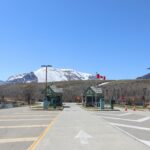Table of Contents
- British Columbia PNP Draw: A Race Against the Clock
- Details of the First BC PNP Draw of 2025
- Approaching Skilled Worker Invitation Limits: Why This Matters
- TEER Category Breakdown and Implications
- Future Prospects for BC PNP Draws in 2025
- Recommendations for Prospective Applicants
British Columbia PNP Draw: A Race Against the Clock
The British Columbia Provincial Nominee Program (BC PNP) has recently conducted its first draw of 2025, signaling both opportunity and urgency for skilled workers aspiring to immigrate to British Columbia. The draw, which occurred in May, indicates that the province is rapidly approaching its cap on skilled worker invitations. This development necessitates that potential applicants act swiftly to maximize their chances of receiving an Invitation to Apply (ITA).
For those unfamiliar, the BC PNP provides a pathway for foreign workers with the skills and experience needed by B.C.’s economy to gain permanent residency in Canada. The program operates through a points-based system, assessing candidates based on factors like education, work experience, and language proficiency. Successful candidates receive a provincial nomination, significantly boosting their chances of being invited to apply for permanent residency by Immigration, Refugees and Citizenship Canada (IRCC).
Details of the First BC PNP Draw of 2025
The inaugural BC PNP draw of 2025 targeted candidates across various Skills Immigration streams. Although the specific number of ITAs issued was not disclosed, the announcement emphasized that the province is nearing its annual limit for the skilled worker category. This implies a potentially reduced frequency and/or scope of future draws.
Here’s what we know about the draw:
- Targeted Streams: The draw included candidates from Skills Immigration streams, focusing on skilled workers.
- Invitation Volume: The exact number of invitations was not specified, but the province hinted at nearing its annual quota.
- Timing: The draw took place in May 2025.
Approaching Skilled Worker Invitation Limits: Why This Matters
The fact that British Columbia is approaching its limit on skilled worker invitations carries significant implications for prospective immigrants. It means competition for available spots is increasing, and future draws may become more selective. Candidates who meet the eligibility criteria but delay their application risk missing out on this immigration pathway. A potential applicant could easily get frozen out with a delay.
This situation underscores the importance of meticulous preparation and timely submission of applications. Candidates should ensure all required documents are accurate and complete, and that their profile in the BC PNP system is up-to-date. A well-prepared application stands a better chance of being selected in a competitive environment.
TEER Category Breakdown and Implications
The BC PNP, like other Canadian immigration programs, uses the Training, Education, Experience and Responsibilities (TEER) system to classify occupations. This system is crucial in determining eligibility for various immigration streams. Understanding TEER categories is essential for applicants to accurately represent their work experience and skills.
The TEER system categorizes occupations based on the level of education, training, and experience required. For instance, occupations in TEER category 0 typically require management experience, while those in TEER category 1 often necessitate a university degree. TEER categories 2 and 3 usually involve college diplomas or apprenticeship training, and TEER categories 4 and 5 encompass occupations requiring on-the-job training or secondary school education.
Here’s a summary of TEER categories and their implications:
- TEER 0: Management occupations (e.g., senior managers, specialized managers).
- TEER 1: Occupations usually requiring a university degree (e.g., engineers, doctors, architects).
- TEER 2: Occupations usually requiring a college diploma, apprenticeship training of 2 or more years, or supervisory occupations (e.g., technicians, nurses, skilled trades).
- TEER 3: Occupations usually requiring a college diploma, apprenticeship training of less than 2 years, or more than 6 months of on-the-job training (e.g., paramedics, medical technologists).
- TEER 4: Occupations usually requiring secondary school and/or up to 6 months of on-the-job training (e.g., home health aides, retail salespersons).
- TEER 5: Occupations usually requiring short work demonstration and no formal educational requirements (e.g., fruit pickers, cleaners).
Applicants should carefully identify the correct TEER category for their occupation, as this will affect their eligibility for specific BC PNP streams. Misclassification can lead to rejection of an application.
Future Prospects for BC PNP Draws in 2025
Given that British Columbia is nearing its cap on skilled worker invitations, future BC PNP draws in 2025 are likely to be more competitive. While the exact frequency and size of subsequent draws remain uncertain, it is reasonable to anticipate a greater emphasis on high-scoring candidates and occupations that align closely with the province’s economic priorities. British Columbia will always be in high demand as a place for immigrants to settle due to it’s natural beauty, and economy.
Candidates with strong profiles—characterized by high levels of education, extensive work experience in in-demand occupations, and strong language proficiency—will have a distinct advantage. The province may also prioritize candidates with connections to B.C., such as those with job offers from B.C. employers or those who have previously studied or worked in the province. These are definitely the things that the government takes into account when they are deciding who to invite to come to the province.
Recommendations for Prospective Applicants
Based on the current situation, here are some recommendations for prospective applicants to the BC PNP:
- Prepare Thoroughly: Ensure all documents are accurate, complete, and up-to-date.
- Act Promptly: Submit your application as soon as possible to avoid missing out on potential draws.
- Target In-Demand Occupations: Focus on gaining experience in occupations that align with B.C.’s economic needs.
- Improve Your Profile: Enhance your education, work experience, and language proficiency to increase your score.
- Seek Expert Guidance: Consider seeking advice from an immigration consultant or lawyer to navigate the complexities of the BC PNP.
The BC PNP remains a valuable pathway to permanent residency in Canada for skilled workers. However, with the province nearing its invitation limits, it is more crucial than ever to act quickly and strategically to maximize chances of success.
Talk to us to find out more. ->
The content above is not intended to provide legal advice or opinions of any kind and may not be used for professional or commercial purposes.







